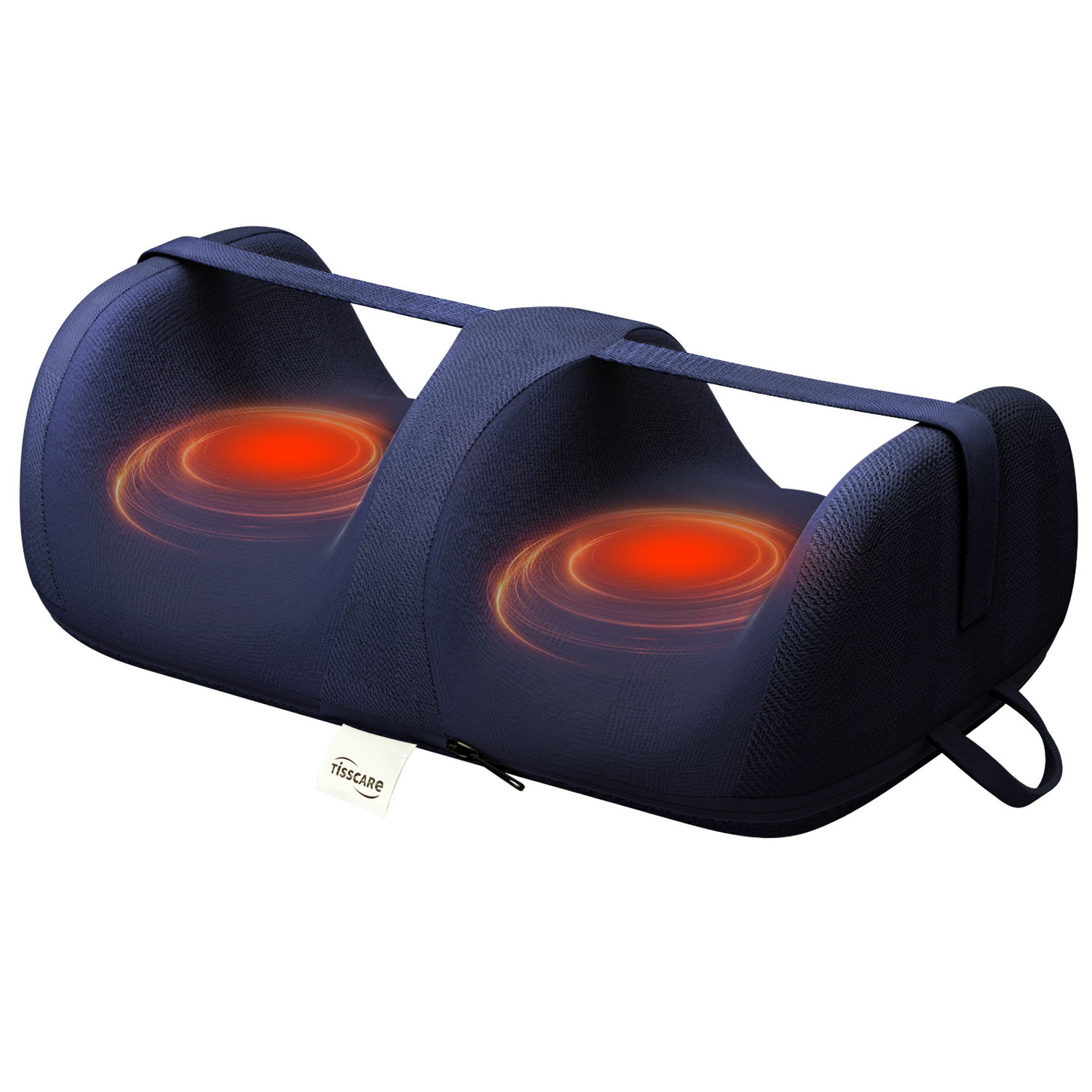It’s estimated that around 2 million Americans suffer from plantar fasciitis each year. Research shows that plantar fasciitis is common among athletes, or people who stand and walk for a long time. The plantar fascia is not a muscle and lacks elasticity, When it is subjected to significant force (such as the continuous strain from running) or prolonged stretching, its structure can become damaged, leading to pain in the foot. It’s one of the most prevalent foot conditions.
How can one determine if they have plantar fasciitis?
- Observe Symptoms: Plantar fasciitis typically presents as pain in the bottom of the foot, especially when walking after getting up in the morning or after long periods of inactivity.
- Stretch Test: Try stretching the bottom of your foot to see if it causes pain or discomfort.
- Palpation: Have someone apply pressure to your foot to check for pain or discomfort.
- Examine Walking Posture: Check if you tend to walk on your toes or with your feet rolling outward, as these postures can lead to overstretching of the plantar fascia.
Effective Treatments for Plantar Fasciitis
- Have a Good Rest
Proper rest is key to treating all ailments, and plantar fasciitis is no exception. Avoid overusing your feet and straining the fascia, especially during the acute phase. It's important to minimize activity as much as possible.
- Stretching Exercises
Stretching exercises can effectively help relieve pain. For example, stand facing a wall with one foot forward, bending the front knee while keeping the back leg straight. Alternate between feet, holding each stretch for 3-5 minutes. Another exercise involves placing a towel on the floor, stepping on it with your foot, and using your toes to scrunch the towel. Alternate between feet, holding each stretch for 1-3 minutes.
- Supportive Footwear
Wear shoes with arch support and cushioning. Avoid wearing hard-soled shoes and walking barefoot on hard surfaces.
- Medication Treatment
Use pain relievers for severe cases or when necessary, but only for short-term relief and avoid excessive reliance.
- Foot Massage
Foot Massage can relieve pain, reduce muscle tension, and promote blood circulation. It not only helps alleviate plantar fasciitis but also serves as an effective preventive measure. A foot massage after a long day can significantly relax your feet.
Finding the Best Foot Massage
For those seeking a better massage experience, finding a professional foot massage service is essential. You may looking for ‘foot massage near me’ or ‘massage feet near me’ something like that on Google. When choosing a spa, pay attention to reviews regarding the environment and service quality. However, if you’re finding it difficult to make a decision and are concerned about high costs, investing in a professional foot massager is a wiser choice. Foot massage at home is the most comfortable way and are a cost-effective option for those needing regular treatments.
The Tisscare foot massager features a simulated hand massage system with 4 simulated hands, 10 rollers, and 96 nodes, allowing it to imitate real massage techniques like kneading, scraping, rolling, and Shiatsu. It also offers powerful customization options, including 3 intensity levels, a timer setting, and even a heating function, making it perfect for meeting the needs of the entire family.
Final Thoughts
Plantar fasciitis is a common and persistent condition, but with proper rest, comfortable shoes, and regular stretching, the pain can be effectively relieved. Regular foot massage is highly recommended not only because it helps ease the pain but also as a preventive measure. It can help you heal plantar fasciitis effortlessly.


